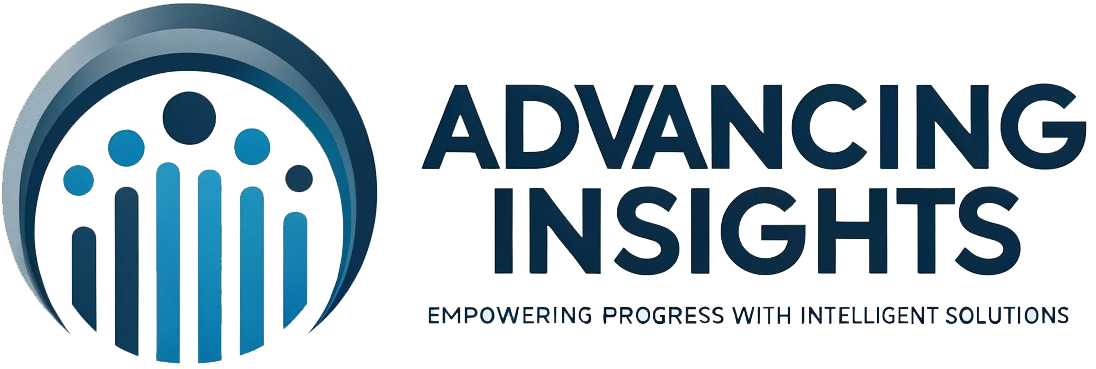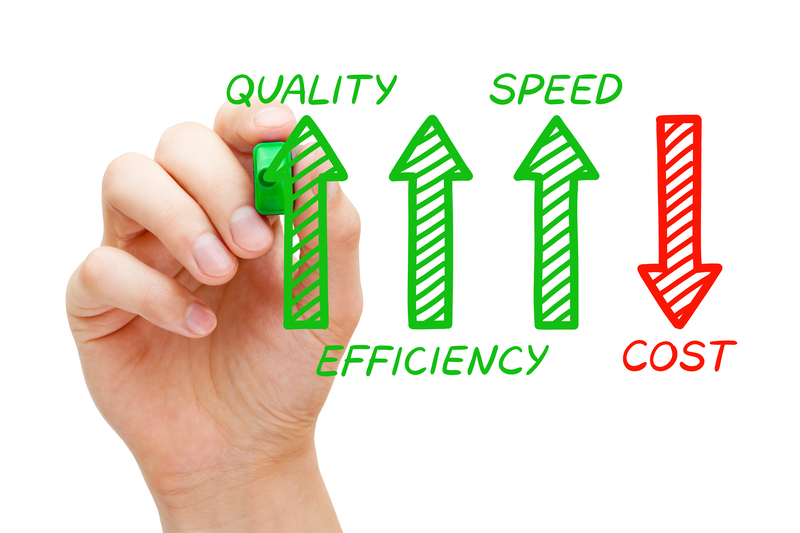How to start a workflow automation project
Starting an AI workflow automation project involves a series of structured steps to ensure that the end system effectively meets your needs and operates efficiently. The following guide provides a step-by-step approach to initiating such a project.
Before diving into the steps, it's crucial to understand what AI workflow automation entails. It involves using artificial intelligence to create systems that can perform repetitive tasks without human intervention. This can range from data entry and analysis to more complex decision-making processes.
To use AI to improve workflow processes, you can follow these steps:
First, analyze your existing workflow processes and identify any bottlenecks or areas where efficiency can be improved. This could include manual tasks, repetitive processes, or areas with high error rates.
Determine clear objectives for how AI can improve your workflow. Whether it's reducing processing time, automating repetitive tasks, or enhancing decision-making, having specific goals in mind is essential.
Gather relevant data that your AI system will need for training or analysis. Ensure the data is clean, well-organized, and representative of your workflow.
Depending on your objectives, choose the appropriate AI technologies. Common options include machine learning, natural language processing, computer vision, and robotic process automation (RPA).
Develop AI models using the selected technology. This may involve training machine learning algorithms on historical data or designing rule-based systems for automation.
Integrate the AI system seamlessly into your workflow. This may require developing APIs or connectors to communicate with your existing software and systems.
Thoroughly test the AI system to ensure it performs as expected and doesn't introduce errors. Validate its accuracy and efficiency against predefined benchmarks.
AI systems can benefit from continuous improvement. Monitor their performance and collect feedback to refine and enhance the models over time.
Train your team members on how to use the AI tools effectively. Encourage user adoption and provide support as needed.
Consider scalability and security aspects when implementing AI. Ensure that the system can handle increased workloads and that data privacy and security are maintained.
Continuously measure the impact of AI on your workflow processes. Analyze key performance indicators (KPIs) to assess whether the objectives are being met. 1
Based on the results and feedback, make iterative improvements to your AI system and workflow processes to achieve maximum efficiency. Remember that the specific approach will depend on your organization's unique needs and the nature of your workflow. AI can be a powerful tool for improving productivity, reducing errors, and streamlining processes when applied strategically.





